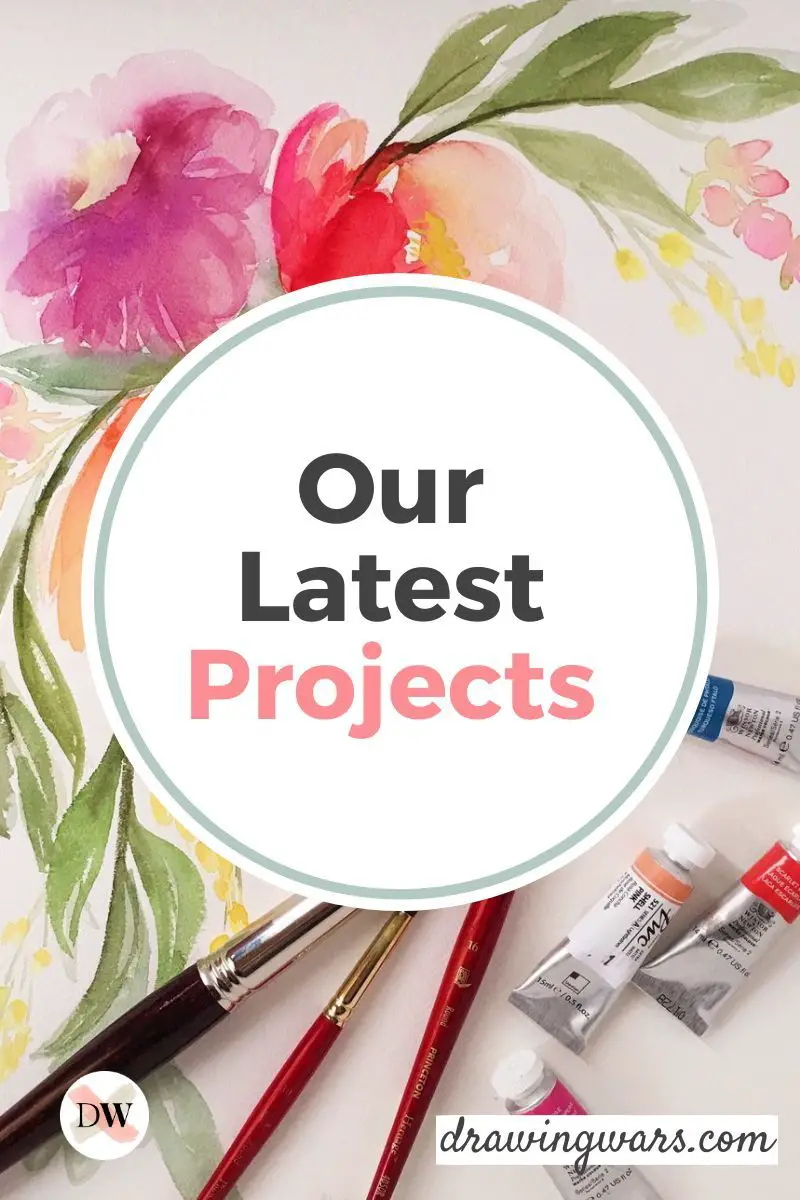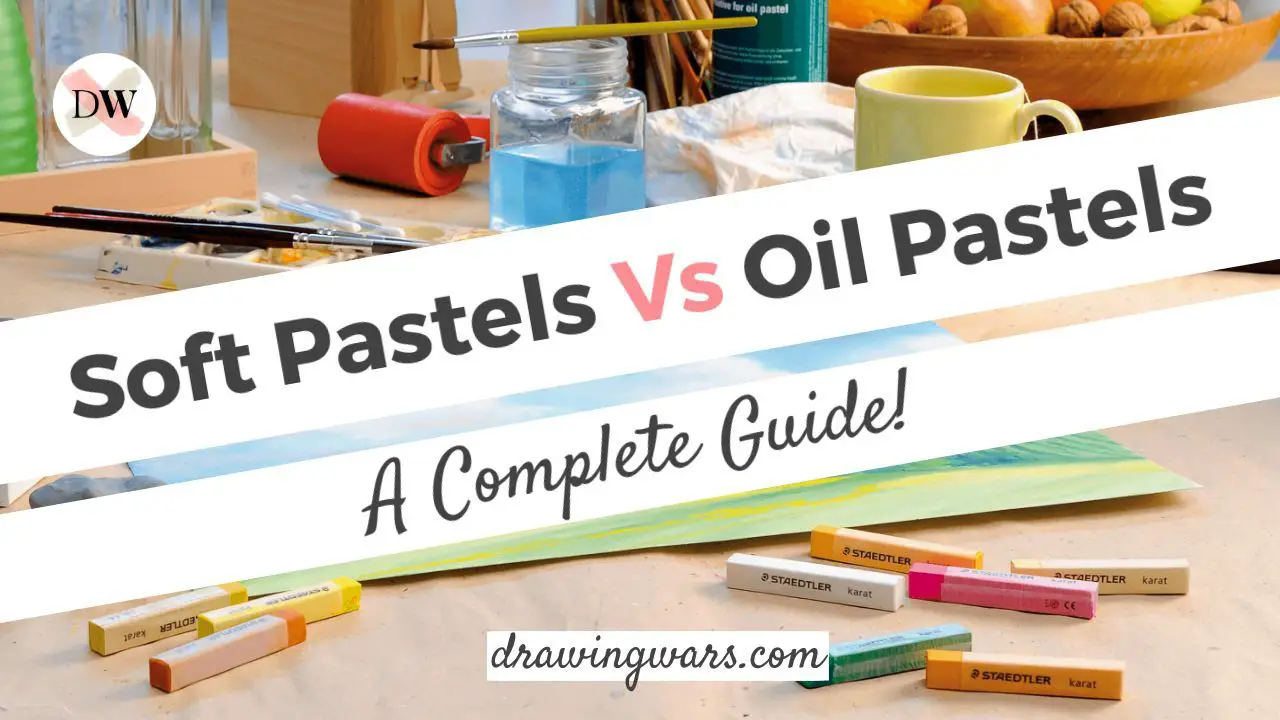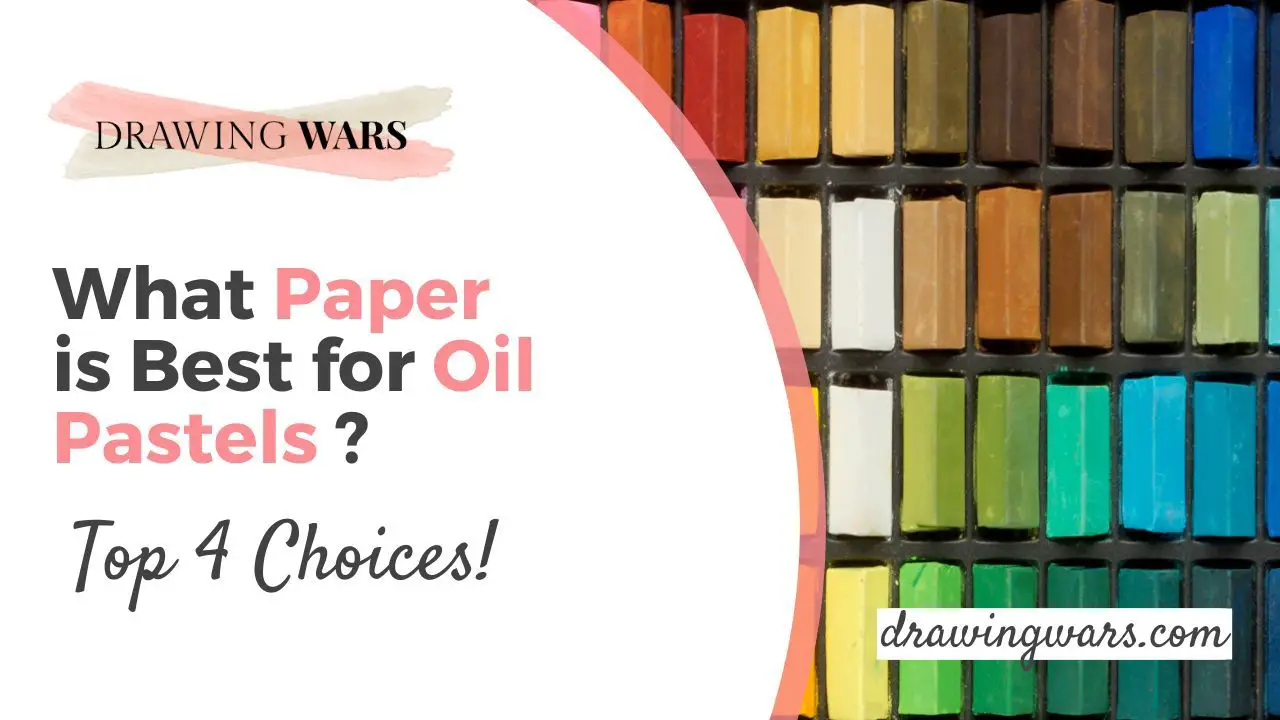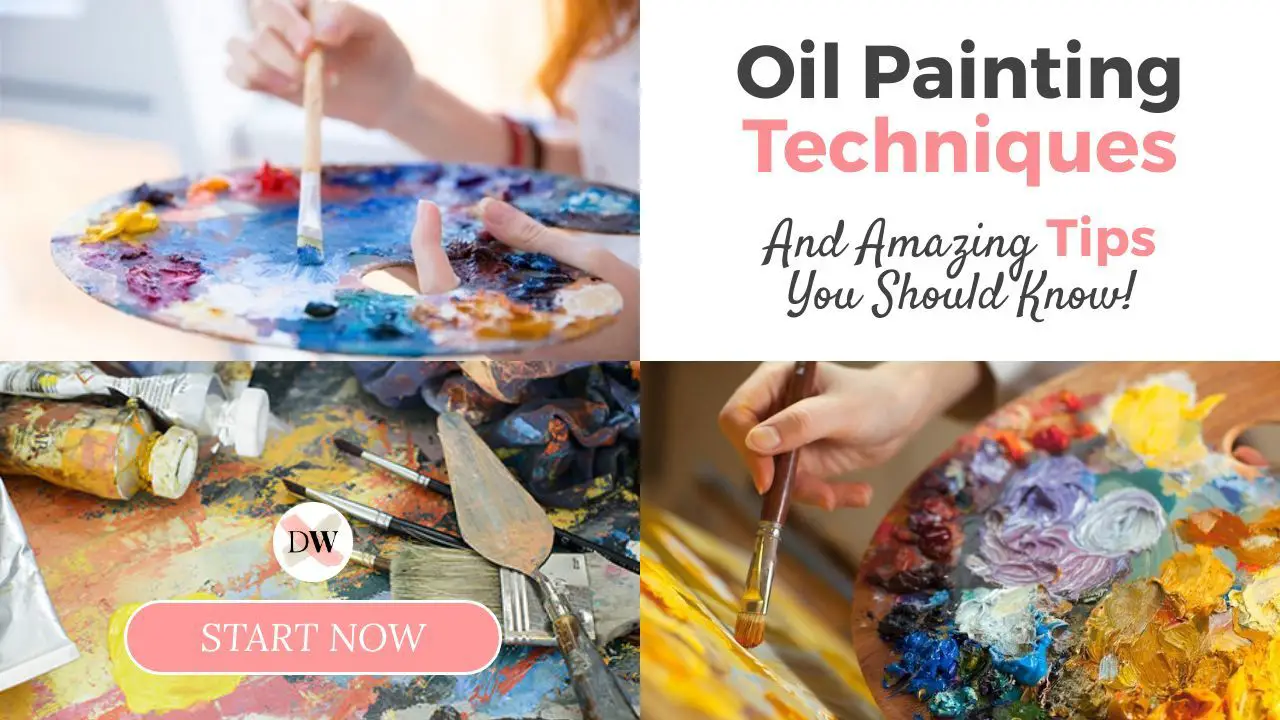
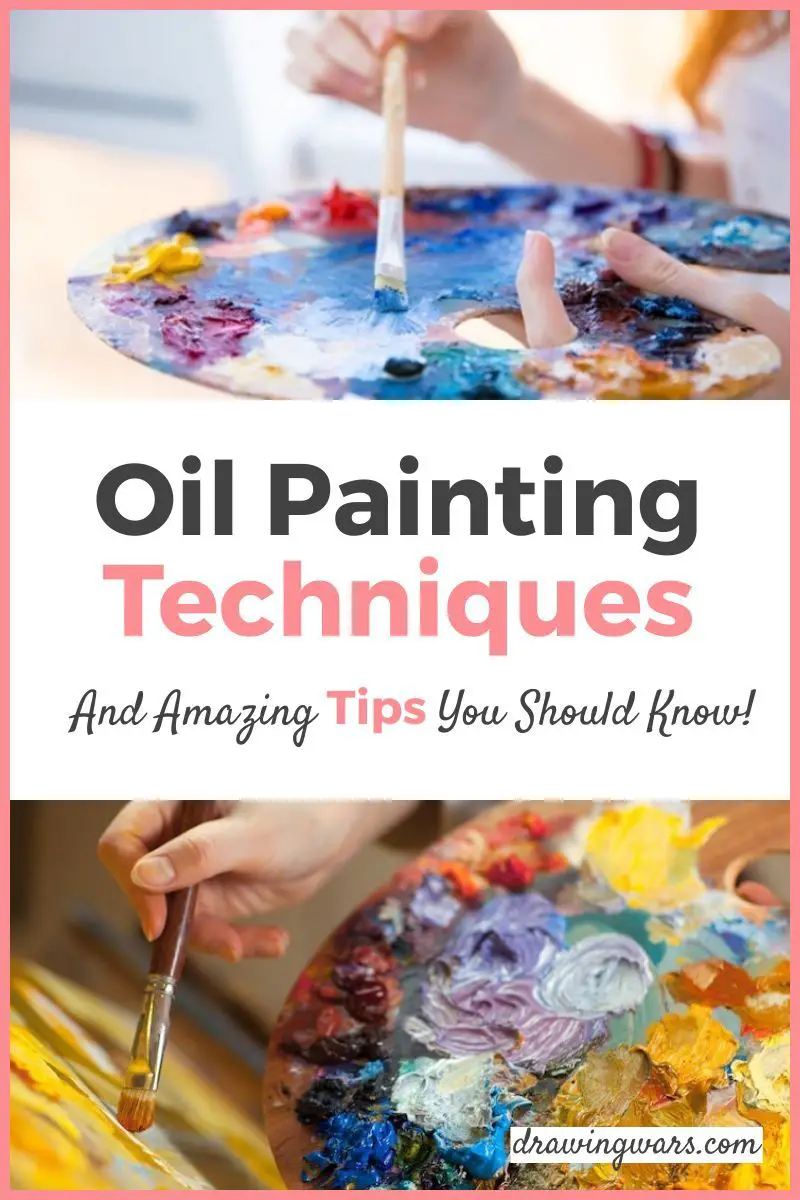
WHAT’S THIS POST ABOUT?
Oil Painting is considered as a tradition in the history of art. Almost all of the creators in the world, of the past ages, and the present era, have used these techniques to present their masterpieces. In fact, oil painting is considered as an 'heirloom' in art history. Everybody who has knowledge about painting or is a professional oil painting definitely comes across his mind.
The best tip any beginner can have is to work with patience! A painting’s complexity depends upon the concept or the subject of the painter. An artist should not paint the wet layer over the layer. He should wait to get all the layers dried first before applying another layer. It will be quite difficult for you to paint when you continue without letting the underlayer get dried first. By doing everything on time and fulfilling the requirements, you will get the picture you wanted to have, and that will create an illusion of a realistic picture. As quoted,
‘Sometimes, instead of expressing narrative through images, it’s the way that a painting is made that tells a story.’
OIL PAINTING TIPS FOR BEGINNERS
There are two popular ways of painting i.e., Acrylic Painting and Oil Painting. But there is a difference between both of them. Here, we will mainly talk about Oil Painting. Oil Paints are suspended in oils (especially in linseed). Water is not required as in acrylic paints, because oil and water do not mix. Oil Paints are required to be more taken care of.

Their pigments are rich in tone, and they have a gleaming finish. They require some time to dry, but the end product is worth it. Good quality supplies are also required for a good oil painting. That includes the best set of brushes and tools. And vibrant quality paints.
If you are interested in oil painting, here are some tips that will help you. All of these tips will definitely help you improve your skills and get pro at oil paintings.
• Paint Fat over Lean
This step involves high oil to pigment ratio over paint. This paint fat over lean rule actually means that your next layer of paint must be fatter (with more oil) than the previous one. By this, it makes your painting flexible, so it will face less cracking over time. It will take some time to dry as the oil ratio is high. But it is better to keep under layers lean. It will make a good base for the painting.

• Master Your Brush Orientations
Sometimes, while painting, we forget that a brush has two sides or orientations. The flat side is used to make wide strokes, and for the thin strokes, we can turn the brush to its sides. You should learn and take control of your brushes to get a better and more versatile painting. Learning your brush orientation helps you paint faster as well.
• Try Painting with A Limited Palette
Apart from colors and paints, the palette is also an important factor. Having all the colors of paints won’t lead you to a good and easy painting. Palette is as important as colors and every other thing. You don’t need a wide range of palettes, just get a few good ones, and it will help you with all of your work such as Monochromatic Palettes and The Zorn palette.
PRO TIP
Global Techniques You Can Use In All Your Paintings
Apart from learning how to draw, assemble the tools, and start your journey, you should also know about some important painting rules. You need to have a good basic knowledge of tone, color, texture, brushwork, and composition that will help you paint like a pro really quickly. By adopting these techniques, you can make your own masterpieces with confidence and start your artistic journey.
• Harness the Power of Painting Medium
Quantity of both oil and paints matters a lot. The right quantity makes an essential difference. A painting medium includes a mixture of solvent and oil. It is an essential part as an artist should definitely know the oil-controlling. Adding a different amount of paints and oils acts differently. Too much oil can make it thin, which is of no use.
• Don’t Skimp on Paint
Don’t hold back the use of paints just because they are expensive. Sometimes, more quantity is required in a few places, so just go for it. Adding less paint where needed more will ruin your painting and won’t look good at all. Use as much paint as required.
• Your Palette Knife is Not Just for Mixing Colors
Sometimes a knife can do a better job than a brush. It is not just a tool for mixing paints. It can be effectively used to make delicate strokes, which are hard to make from a brush. A palette knife can make ¬grainy and textural stroke. Just give it a try and see results yourself.
• Vary Your Pressure
Pressure can also cause a difference. Applying the right amount of pressure can make your painting perfect, whereas the wrong pressure at the wrong place can worsen your painting. Don’t use too much heavy hand with brushes. It will damage your brush as well, along with your work. The more pressure you will apply, there will be more variation in your paintings.

• Incorporate Scraping
Scrap paint of your canvas. It will give a more beautiful effect than merely adding more colors. It will give more texture and detail to your paintings. Brush or knife, both can be used for scraping. To get more idea of scraping, check out the paintings of Pro Hart.
• Keep Your Colors Pure
Clean your brushes before start painting. If the brushes are not clean, it will taint the colors that you want to use in clean form. It better to clean the brushes even between the strokes. Maintain the potency of the paints, for good results.
• Careful with the Blending
Blending technique may be a most overused technique, but it is the one a painter or viewer isn’t fed up with seeing. This technique gives a realistic appearance to painting. Blending, when done, gives a stroke-like appearance from close. But seeing it at some distance, the strokes won’t appear, and optical blending will give it a beautiful look.
OIL PAINTING TECHNIQUES FOR BEGINNERS
If you are new to painting, don't start expecting that your work will be as perfect as an old master's work. Yes, it seems kind of discouraging, but facts are facts! Don't worry; you will learn and grow gradually. No need to rush. You must know some essential qualities of oil paints; they have slow drying time and have strict rules for layering. Keep experimenting and discovering, you will get better day by day. Check our recommended Oil Painting products to work on the follwing techniques perfectly
Here, seven techniques are compiled that will help you to familiarize with oil painting
• Early Flemish Technique
This technique was originated in Flanders. For this technique, a rigid surface is required. The surface must be primed pure white and as well as a precise line drawing. The lines are traced on a white surface. After that, lines are intensified by ink or paint. After applying the varnish, the drawing is left for drying off. Sometimes, a transparent tonner is also applied for harmonization and detailed judgment. Then, transparent glazes are applied at the shadowed area with a soft brush and then scrapped with a hog-bristle brush.
• Venetian Technique
It is all about linear perspective. Linear perspective and depth are clearly visible in their painting, the gradual shifting of colors between light and shadow. Painters would prepare a plane white panel and paint layer over layers on it. Colors are blended and give subtle graduations as the oil paint dries slowly. The paint is a little translucent, so it gives a reflecting and shiny appearance.

• Direct Painting
It is also known as alla prima or premier coup painting. In this technique, an artist puts in each stroke of paint on canvas so that stroke might stand in it as a part of the final picture. There is no retouching or overpainting after the first layer is dried. It is kept as it is.
• Innovations of Rembrandt
This technique involved the painting of particular body parts. It can be hands or any other part. They are in the form of sketches. Rembrandt, he was the one to suggest the body parts. You can see blur paint on zooming in the pictures. He became an impressionist by the style he used.
• The Bistre Method
It is a type of underpainting that is rarely used in the present era. It is a monochrome version of the final painting. A thin layer of raw umber is painted on a white canvas and wiped out. A tonal underpainting is created. The warmth of brown color is used to build shadows, and light/mid-tones are used as an opaque color. Burnt umber can be used for the dark or more in-depth picture.
• William Adolphe Bouguereau
A French academic painter who used mythological themes and made modern interpretations of classical subjects introduced this fantastic technique of oil painting. He emphasized on the female body. He made realistic generic paintings. He was given many honors, and he has 822 finished known paintings.

• French Academic Method
It is the style of painting, sculpture, and architecture. It was generally produced under the influence of European academies of art. But academic art is mainly influenced by the standards of the French Académie des Beaux-Arts. Its leading practice was neoclassicism and romanticism. Art done by this method synthesizes both of these ideas and reflects them through the paintings.
WARNING
DON’T OVER-MIX THE COLORS
Mixing oil paints will negatively affect the preservation of paints. If you over-mix too many colors, it will lose its freshness. It should be just two or three colors with the limited amount that should be mixed. Too much mixing would also get them dirty. And in the end, you won’t get the color you want and have to start the mixing of colors again.
KEEP READING!
Follow the techniques and tips mentioned above. These tips and techniques will help you a lot. They will definitely help you solve most of your problems related to paintings. And you will see yourself and your paintings getting better day by day. You can check our tutorials to learn new things
Tutorials
Are you looking for FREE tutorials that will teach you to paint almost anything? You've come to the right place! We have hundreds of tutorials just for you!
Have patience. You won’t just pick up the brush and start painting like a pro. It is a time taking process. You will learn and grow gradually. Give yourself time. Just have faith in yourself and keep up your zeal and zest. And by all this, you will be an outstanding painter one day!

By Jimena & Iñigo
The Navarro-Rubios
My husband and I are learning how to draw and paint. We wanted to share this learning process with the world and have fun! That's why we created this blog. We'll have drawing contests every week and you'll decide who won that week! Follow along and learn with us!

Jimena & Iñigo
The Navarro-Rubios
My husband and I are learning how to draw and paint. We wanted to share this learning process with the world and have fun! That's why we created this blog. We'll have drawing contests every week and you'll decide who won that week! Follow along and learn with us!



